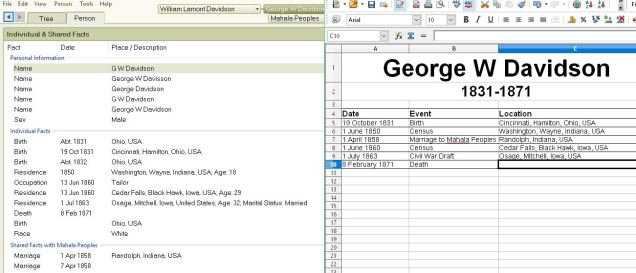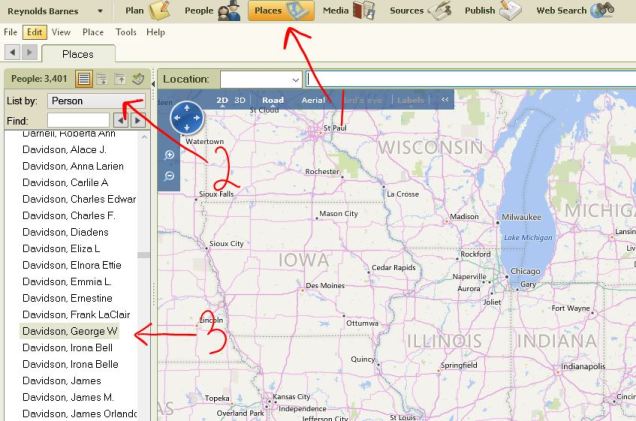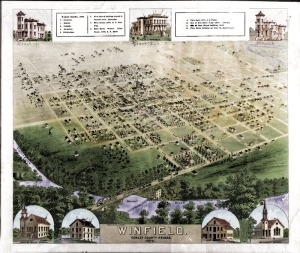One of the most difficult parts of genealogy research is determining if the records you come across really are for the particular individual you are researching. Here are a few basic things to check when you find a new record just to make sure you’ve got the right person.
1. Household/Neighbors
It is very common for ages and birth locations to be incorrect on censuses and other records, but if the names of family members are the same and children are in the correct birth order, you can usually assume that you have the right record.
Don’t forget to pay attention to other individuals on the record as well. Neighbors in a census or other passengers on a ship manifest could be family members or close friends. If these same neighbors show up in multiple records, you can usually assume the records are for the same individual.
An example from my own research comes from my search for James Bonnell. All I knew of him previously was that he was the father of David Lusk Bonnell. I found a James P Bonnel in the 1870 census, but from the transcription I had no way of knowing if it was my James or not. Looking at the actual record, however, I saw that my David L Bonnell was living right next door! You can also see that there is a possible father for James listed in his household, another David L who was 28 years older than James.
You can also see that there is a possible father for James listed in his household, another David L who was 28 years older than James.
2. Location
Just because it says that the person was born in the same state or country as the one you are looking for, that doesn’t necessarily mean you’ve found the correct individual. But if they are living in the same town as a known relative or within a short distance of a location shown in another record, there is a greater likelihood of them being the right person.
I often use Google Maps to find the distance between two locations. For example, my grandmother had been told about a cousin, Vittorio, who had emigrated from Italy to Argentina in the early 1900’s. She knew nothing of this cousin except his name and the address of his nephew who also lived in Argentina. A quick search on Ancestry.com produced a Brazilian immigration record for a man named Vittorio who appeared to be about the right age and was from the same Italian region as my grandma. Upon further inspection, we found that this record contained a previous address for Vittorio in Argentina. I immediately typed the address into Google Maps
Upon further inspection, we found that this record contained a previous address for Vittorio in Argentina. I immediately typed the address into Google Maps along with the nephew’s address and found that they were only about 1.5 miles apart.
along with the nephew’s address and found that they were only about 1.5 miles apart.
 The chance of finding a random stranger with the right name and age living this close to the nephew is very slim so I think it’s safe to say we found our Vittorio.
The chance of finding a random stranger with the right name and age living this close to the nephew is very slim so I think it’s safe to say we found our Vittorio.
3. Occupation
The occupation field is often overlooked in records because it is rarely transcribed. If your ancestors had a very common occupation such as farmer or housewife, you can probably continue to ignore it, but if they had a more unusual occupation it can be a great help.
One of my husband’s family lines reached a brickwall with George Davidson. The earliest record I had for him was an 1860 census just shortly after he had married, but with a name that common I wasn’t sure which George was the right one in the 1850 census. While making my family history binder, I printed his 1860 census and noticed his occupation said “tailor”.
 I decided to do a quick search on Ancestry.com for a George Davidson in the 1850 census born within 5 years of 1831 in Ohio. I ended up with a list of 7 possible Georges. I went through the images of each of these census records finding farmer after farmer until I finally found one with a George who was a tailor! And he was listed with his parents and siblings!
I decided to do a quick search on Ancestry.com for a George Davidson in the 1850 census born within 5 years of 1831 in Ohio. I ended up with a list of 7 possible Georges. I went through the images of each of these census records finding farmer after farmer until I finally found one with a George who was a tailor! And he was listed with his parents and siblings!
Many times, sons will also continue in the same occupation as their fathers. One of my husband’s lines has at least 6 generations of plasterers. This has made it easy to follow not only the direct line but also find uncles and cousins who continued this tradition.
You should, of course, consider every part of a record to determine if it really is your ancestor, but hopefully this will be a good starting point for some of you. I’d love to hear if any of you have additional tips to share!








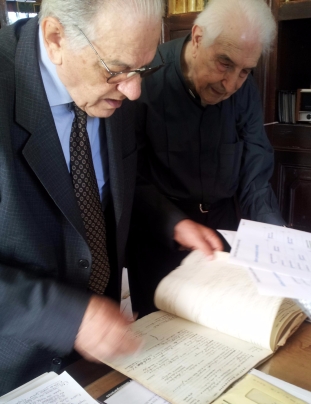
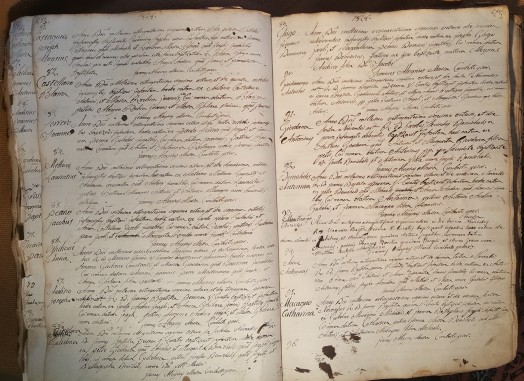













 The chance of finding a random stranger with the right name and age living this close to the nephew is very slim so I think it’s safe to say we found our Vittorio.
The chance of finding a random stranger with the right name and age living this close to the nephew is very slim so I think it’s safe to say we found our Vittorio.














